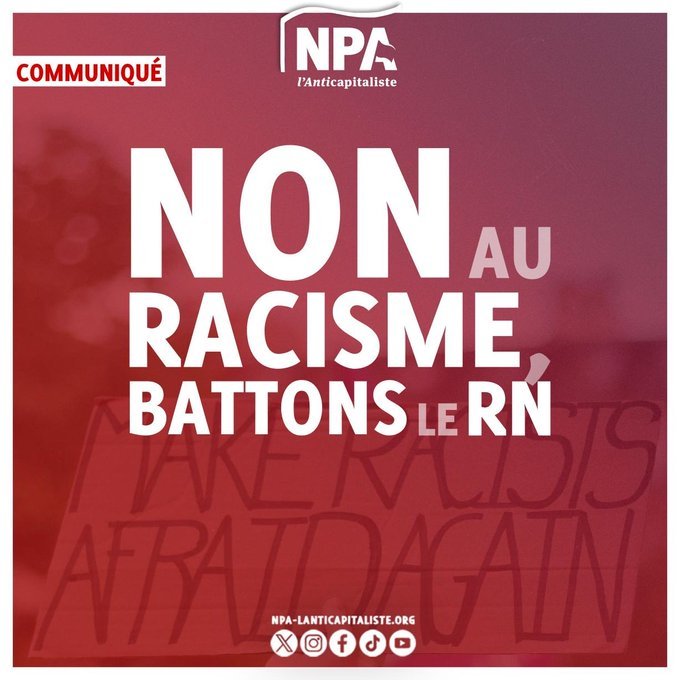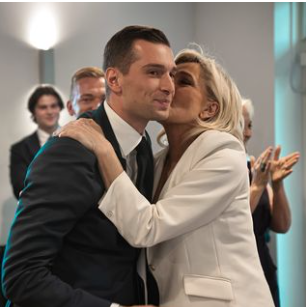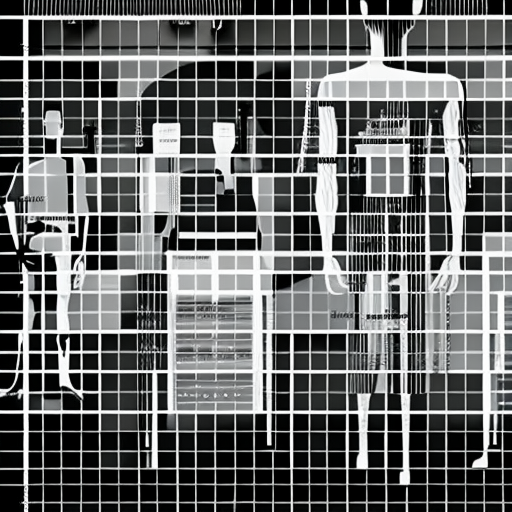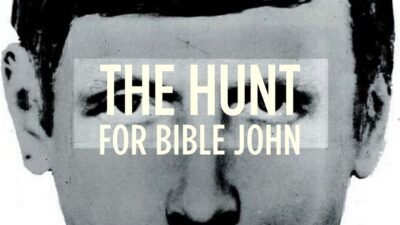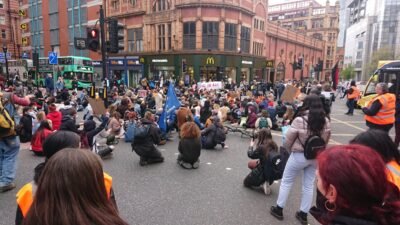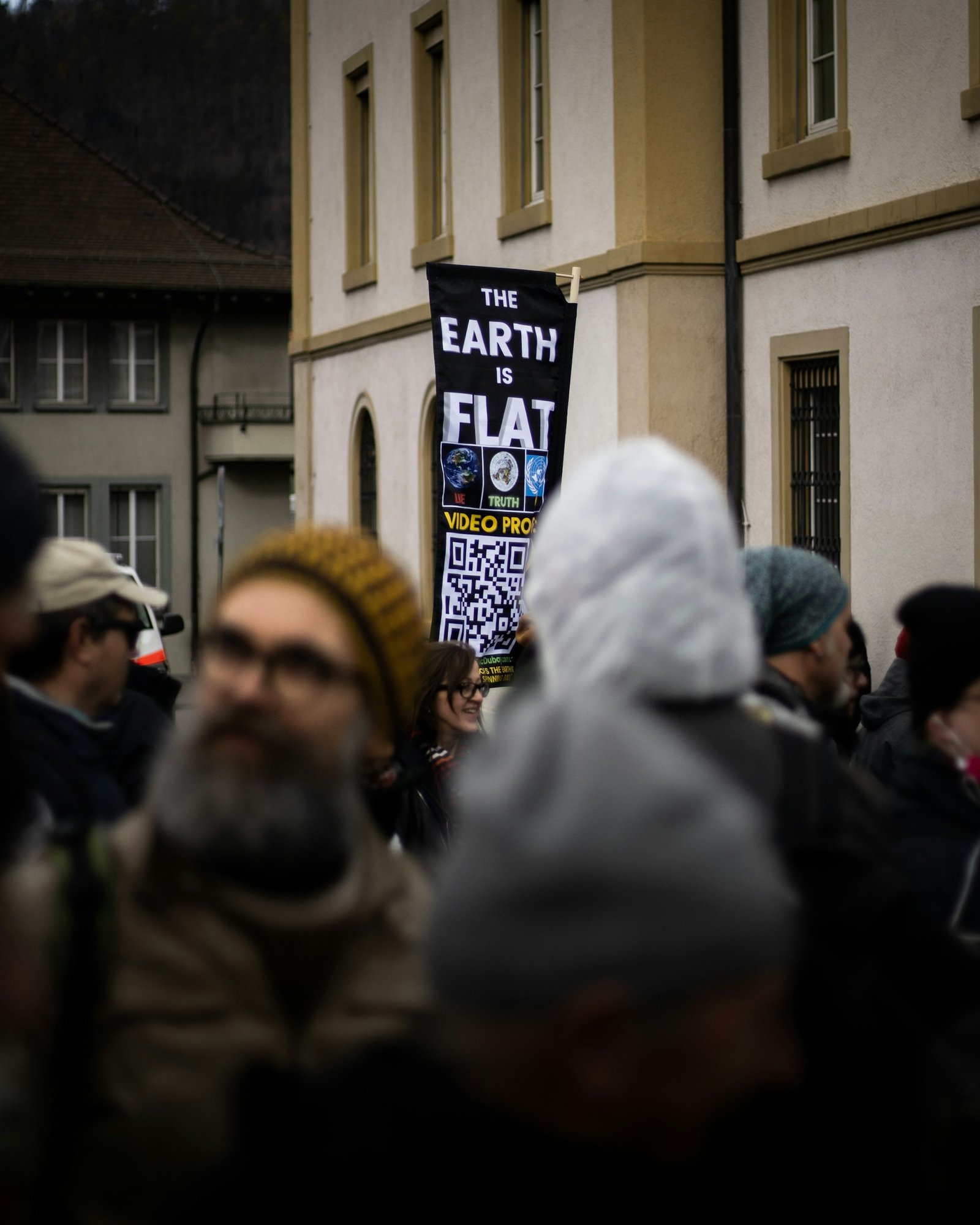
The Unraveling of Our Modern World
Crisis is the word that keeps coming back to haunt us. Whether it’s the crisis of democracy, the crisis of liberalism, or the overarching notion of a time of crisis, we seem perpetually embroiled in a state of polycrisis.



